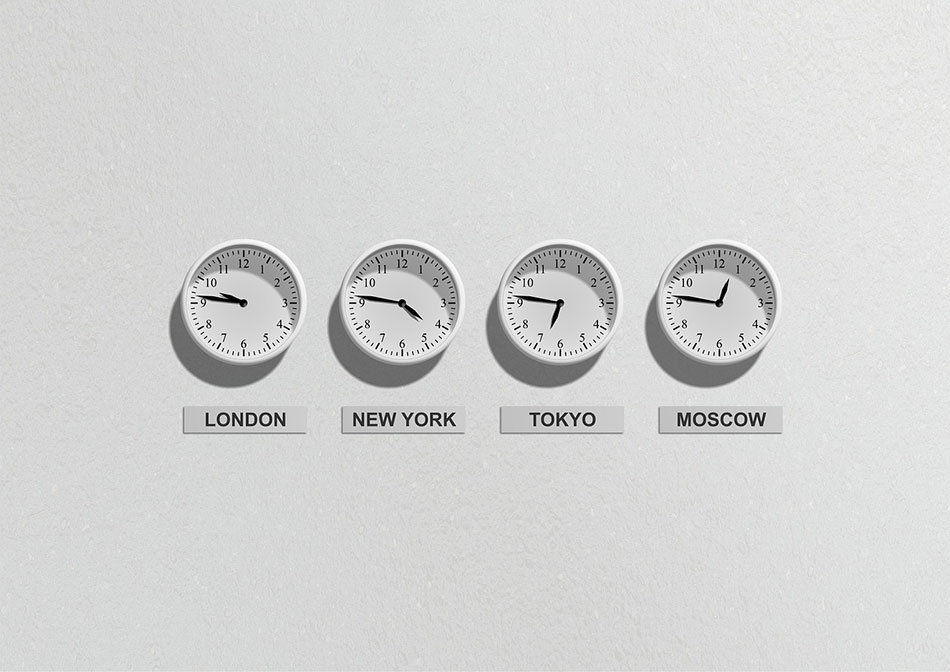Wall Street stocks took a nosedive in the Dow Jones Industrial Average’s worst performance of the year. It happened after the bond market has signaled severe trouble in the U.S. economy.
Reports have shown a drop of 3.05% equivalent to 800.49 points to 2,5479.42, its most unfavorable decline of the year which is also recorded as the fourth largest plunge in history. The Nasdaq Composite showed a drop of 3.02% to 7,773.94, while the S&P 500 reports a decline to 2.93% to 2,840.6 or 85.72 points.
The 10-year Treasury note reports the yield has broken below the 2-year rate, which is a peculiar phenomenon that has shown to be a substantial indicator that the economy is facing recession. Worry has arisen for many investors as the economy is facing a blurry future. The investors are now looking at the long-term safer assets which even lowered the record for the benchmark 30-year Treasury note.
Declines were also seen in bank stocks, and the financial institutions are now struggling with more robust experience to gain profit and lending money in this environment. Citigroup reports a decline of 5.3% while JP Morgan experienced a 4.2%. Also, JP Morgan fell at 4.6%. The entire financial sector is now grappling with a slump of more than 10%.
According to Stephen Suttmeier, Bank of America technical strategist, “The U.S. equity market is on borrowed time after the yield curve inverts”.
Data from Credit Suisse has also shown that there have been five inversions of both the 10-year and 2-year yields since 1978. All were stable precursors to an economic recession, but there is still a significant lag to consider. On average, recessions happen after about 22 months after the inversion. On the other hand, the S&P 500 appreciated the average returns of 15% within a year and a half before it eventually turns.
Regardless, the sign brought fear to many investors. The last time an essential part of the yield curve has inverted happened during December 2005, which brought on a financial crisis and an economic recession after two years.
According to Tom Esssaye of The Sevens Report, “Historically speaking, the inversion of that benchmark yield curve measure means that we now must expect a recession anywhere from six-to-18 months from today.” He adds that this phenomenon will negatively and drastically stir the medium-to-longer term forecast on the broader markets.
President Donald Trump has released his insights via Twitter and lashed out at the Federal Reserve and Jerome Powell, whom he called “clueless.” He also blamed the central bank for holding back the country’s economy. The president also called the inverted yield curve phenomenon “crazy”.
August 2019 is definitely a volatile month so far in the stock market. The Dow Jones Industrial Average has moved for more than 200 points on both occasions on seven occurrences. On the fifth of August, the Dow Jones Industrial Average has dropped 2.9% an equivalent to 767 points. It then eventually recovered some of the losses until it had to take another significant drop on Wednesday.
Additionally, the shares of Macy has tanked even more than 13% to their lowest level within ten years. This is just after they have reported their earnings for the second quarter, which had significantly dropped and were below analyst’s expectations. Experts point at the heavy markdowns done in spring to clear out unsold merchandise that weighed on business profits.
The Slowdown Is Also Happening Globally
Investors also report that they are getting more worried about a global slowdown in the economy because of the data presented by China that were weaker than expected. The official data they published on Wednesday showed the growth of China’s industrial output has slowed down to 4.8% in July compared to last year’s report. This number is their weakest growth in seventeen years.
In addition to these fears, Germany has reported a negative GDP that also reported a risk which stated that the largest economy in Europe is at the brink of falling into a recession. The GDP of the Eurozone has grown by 0.2% quarter after quarter, which is a notable slow down from the 0.4% growth in the first three months of the year.
As declared by the United States Trade Representative, the U.S. has decided to delay tariffs on specific Chinese merchandise while outright removing some items from the tariff list. Wall Street celebrated the news, with the Dow leaping to an increased 529 points before finishing the day with an additional 372 points.
President Trump said that the move was designed to lessen the impact on shopping before the Christmas season. According to Peter Navarro, White House trade advisor, there are currently seven issues that are pending to be discussed and negotiated with China. Some of the problems are about cyber intrusion into American networks, currency manipulation, forced technology transfer, and intellectual property theft.
The Commerce Ministry of China released a statement that Vice Premier Liu He had a conference call with Trade Representative Robert Lighthizer and Treasury Secretary Steven Mnuchin with plans of continued discussions within two weeks.















